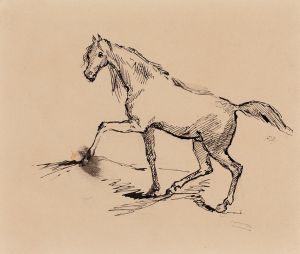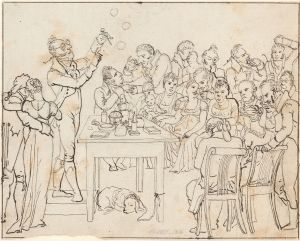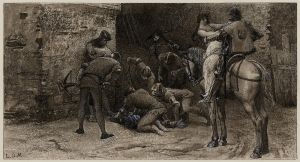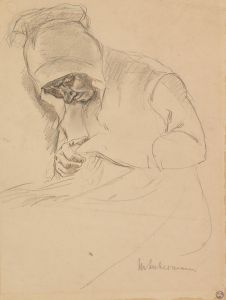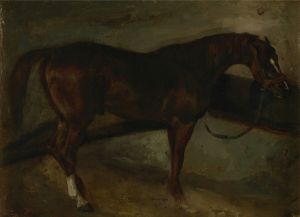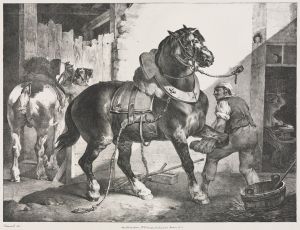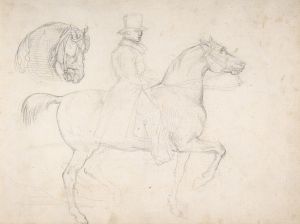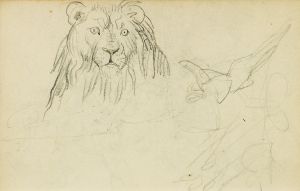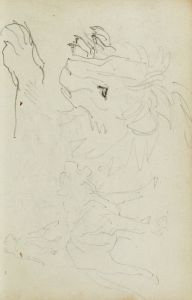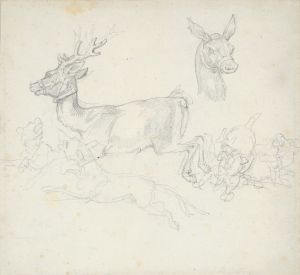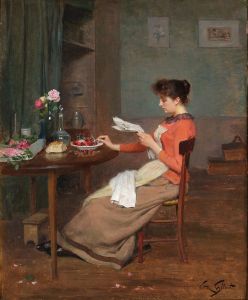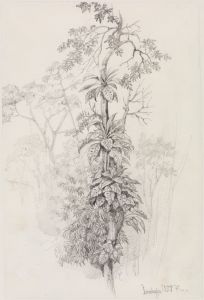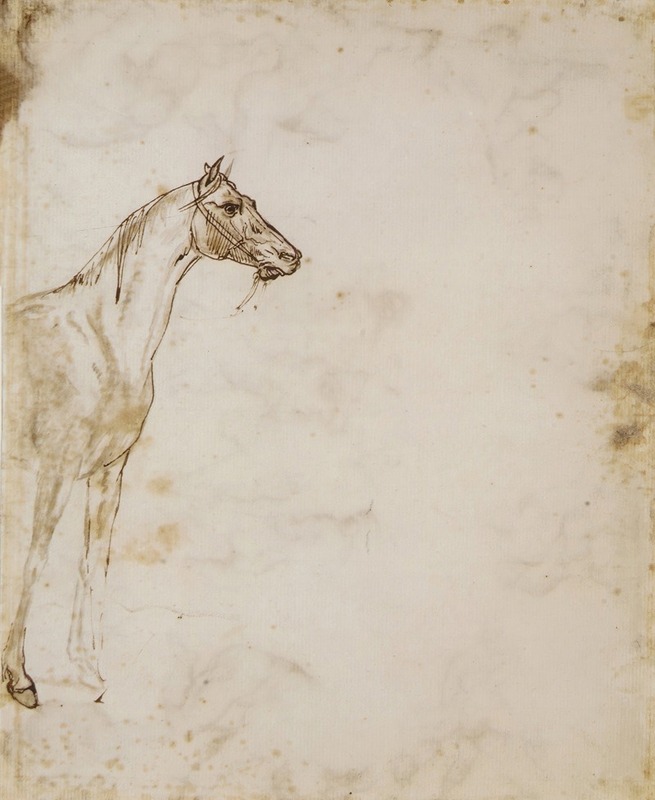
Study of a Horse
A hand-painted replica of Théodore Géricault’s masterpiece Study of a Horse, meticulously crafted by professional artists to capture the true essence of the original. Each piece is created with museum-quality canvas and rare mineral pigments, carefully painted by experienced artists with delicate brushstrokes and rich, layered colors to perfectly recreate the texture of the original artwork. Unlike machine-printed reproductions, this hand-painted version brings the painting to life, infused with the artist’s emotions and skill in every stroke. Whether for personal collection or home decoration, it instantly elevates the artistic atmosphere of any space.
Théodore Géricault's Study of a Horse is a notable example of the artist's dedication to capturing the anatomy and movement of animals, particularly horses, which were a recurring subject in his work. Géricault, a key figure in the Romantic movement, was known for his fascination with dynamic and emotive subjects, and his studies of horses reflect his meticulous attention to detail and his interest in realism.
This particular study is believed to have been created as part of Géricault's preparatory work for larger compositions, such as his equestrian-themed paintings. Géricault often conducted in-depth studies of individual elements, including human figures and animals, to ensure accuracy and vitality in his final works. His studies of horses were informed by direct observation, as he frequently visited stables and racetracks to sketch these animals in various poses and states of motion.
The Study of a Horse showcases Géricault's skill in rendering the musculature and form of the animal with precision. The artwork demonstrates his ability to convey the physicality and strength of the horse, capturing its natural grace and power. Géricault's use of light and shadow in his studies often emphasizes the three-dimensionality of the subject, bringing a sense of life and movement to the image.
While the exact date of this study is not definitively documented, it is consistent with Géricault's broader body of work from the early 19th century, a period during which he produced numerous studies and sketches of horses. These studies not only served as preparatory exercises but also stand alone as works of art, reflecting the artist's deep appreciation for the beauty and complexity of his subjects.
Géricault's interest in horses can also be linked to his broader fascination with themes of vitality, struggle, and the human-animal connection. His equestrian studies, including Study of a Horse, are often regarded as precursors to his more ambitious works, such as The Derby at Epsom (1821), which depicts a dramatic horse race scene.
Today, Study of a Horse is valued for its artistic and historical significance, offering insight into Géricault's working process and his contribution to the Romantic movement. The study exemplifies his commitment to realism and his ability to infuse even preparatory works with a sense of energy and emotion.





